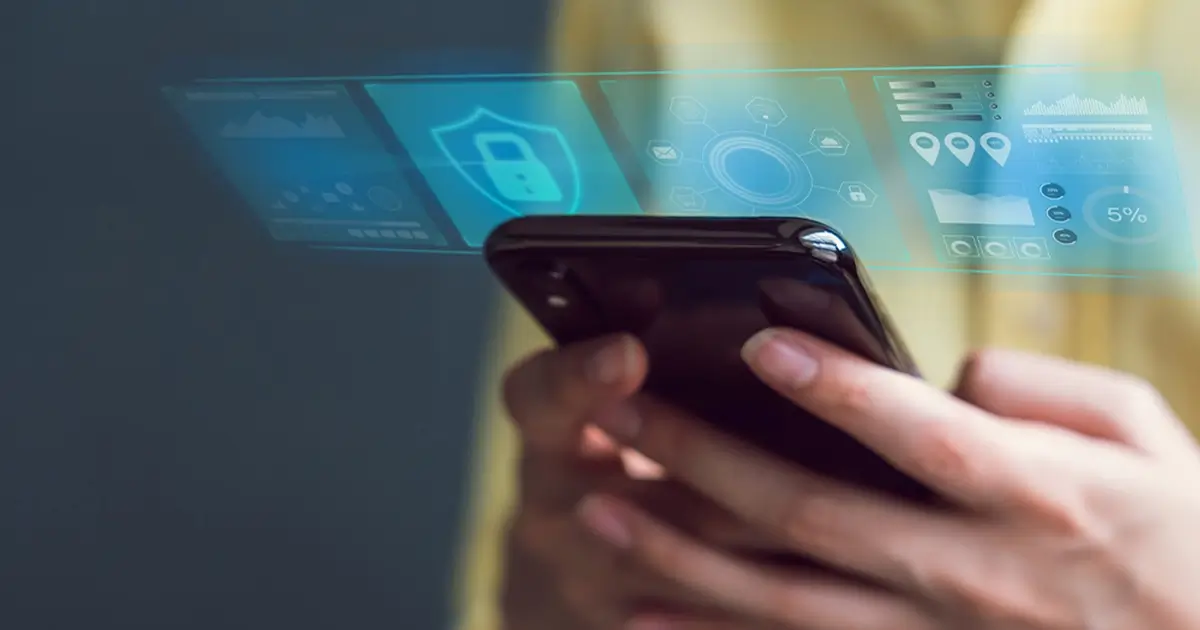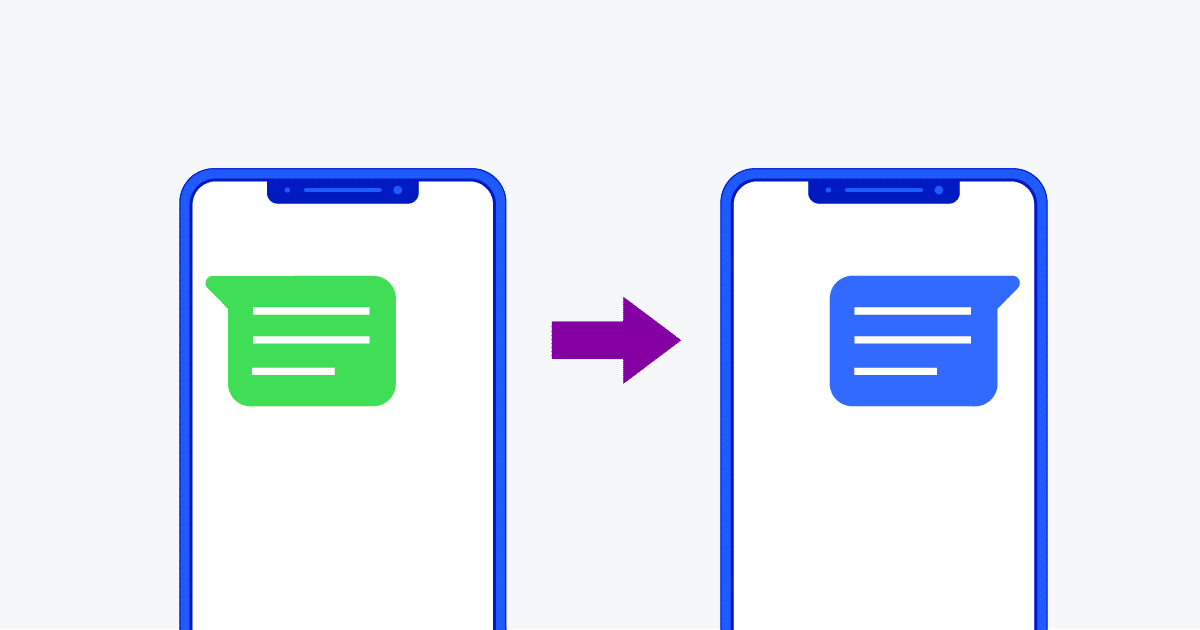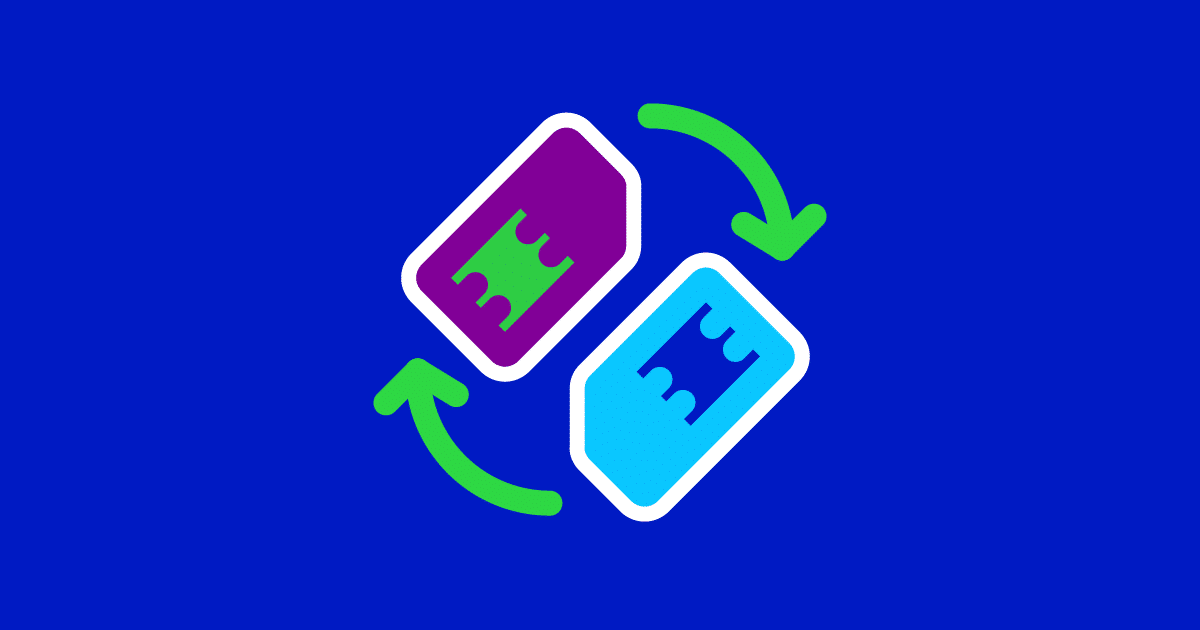
Phishing attacks are when a fraudster sends out deceptive messages, typically via email, dressed up to appear valid. When recipients fall victim to a phishing email or SMS, thieves often steal information such as banking or credit card details or infect their device with malware.
Nearly 75% of companies claimed to have been impacted by a phishing attack in 2021. If your company handles phishing attempts with a narrow scope – especially in 2022, the results will be limited. Instead, phishing is part of a broader problem that requires a more comprehensive focus to combat. This article will explain these solutions in detail while examining trends, and the impact phishing has on businesses.
First, let’s examine how phishing attacks affect companies.
Table of Contents
How phishing becomes a problem for companies
Phishing is a smaller symptom of what can become an entirely bigger issue for your organization, customers, and reputation. Here are some of the ways it damages companies.
The dark side of email and SMS
Nearly every company will have to deal with some type of phishing attempt targeted at their customers or employees. Internal IT teams can add layers of security to filter obvious spam and invest in training, education, and processes to help prevent a successful attack. However, protecting your customers from a successful phishing attack invoking your brand is an entirely different challenge.
Successful attacks can cause reputational harm to your brand, create vulnerabilities to your customers’ accounts, and ultimately leave you exposed to fraud and theft.
Costs
There are generally two types of costs associated with phishing attempts on your customers. First are the obvious costs: fraud, theft, and direct monetary loss. The other type is more subtle but can be even more costly: lost trust and reputational harm to your brand.
Successful phishing attacks waste a lot of time and money in customer support, cause potential reputational harm, and result in lost customers. And, while you can’t protect your customers directly – you can invest in authentication and security that helps to detect when a customer’s credentials, accounts, or information could be compromised to prevent further damage.
What to expect in 2022
We can’t predict the future any more than anyone else, but it’s safe to assume that phishing attempts will increase in volume, complexity, or both. Here are some of the critical trends we’ve pinpointed for phishing in 2022.
Marginal systems will falter even further
Many of the traditional tools, systems, and ideas used to fight phishing in the past have been almost overrun over the last few years, as fraudsters have ramped up their efforts due to the increase in potential illegal revenue they can make from phishing.
That is a trend that is sure to stick around as more targets become available for attack. Methods of defense that used to work will continue to be tested by fraudsters and pushed to the limit.
Brands will be targeted in new and creative ways
There has been a massive increase in how fraudsters use brand impersonation to their advantage. It is clear at this point that those cases will continue to rise as many brands grow digitally and move away from traditional workspaces.
As of right now, these attacks include impersonating brands through emails and SMS messaging, but it’s bound to expand. The expansion we’ll see it face will likely involve the use of things like AI or other advanced technology.
Tips to stay safe
The traditional ways of phishing prevention are having serious issues. Moving forward, here are some unique, dynamic methods to approach the problem.
Prevent security stagnation
A dynamic approach to your detection and mitigation is needed to reduce the ever-changing attacks your customers face every day to stay one step ahead. Staying ahead of a low-tech scam like phishing can feel like swimming upstream. Attackers can pivot quickly on the look, feel, target, and the message they’re sending to phish your customers.
We often think of phishing as a one-time hit that results in an observable loss. But, phishing is usually not just a one-and-done attack. Small attacks are often leveraged to take over accounts and execute more significant scams or thefts. That’s why efforts need to be ongoing and adaptive, prioritizing account integrity to prevent account takeovers and associated losses.
Understand and properly react to different types of phishing
Phishing has traditionally happened via email, but technology has changed. Smartphones now behave like computers, which has allowed them to be targeted by smishing (SMS phishing) attacks.
Chances are you’ll want to communicate with your customers en masse. The right messaging API allows for this while guaranteeing the highest level of safety.
Awareness is key
97% of people can’t identify a phishing scam, making it clear that your customers are going to be at risk and need better awareness. Implementing the right systems to prevent phishing from becoming a larger problem is crucial. However, a set-in-stone system doesn’t exist to help your customers become aware of potential phishing attacks. Transparency is important in these cases, and customers will appreciate when you inform them of a possible scam being transacted under the guise of your brand name. After you provide this information, you can then offer up further resources and information for those interested or affected by the attack.
It’s important that your efforts involve gaining a better understanding of who your customers truly are, something that extends beyond simply monitoring for usernames/passwords. These include recognizing when something has changed or knowing the right times to challenge customers for security prompts. All these things combined give you the best chance to avoid account takeovers. After that, it’s up to you to inform your teams of the types of dangers they may face that could lead to disaster.
Final thoughts
At the end of the day, we expect a continued increase in phishing attempts in 2022. However, an increase in attempts doesn’t have to mean an increase in successful attacks. We don’t expect a perfect defense from these attacks from any business, but with the right tools in place and actions taken, the threat can be severely minimized.



